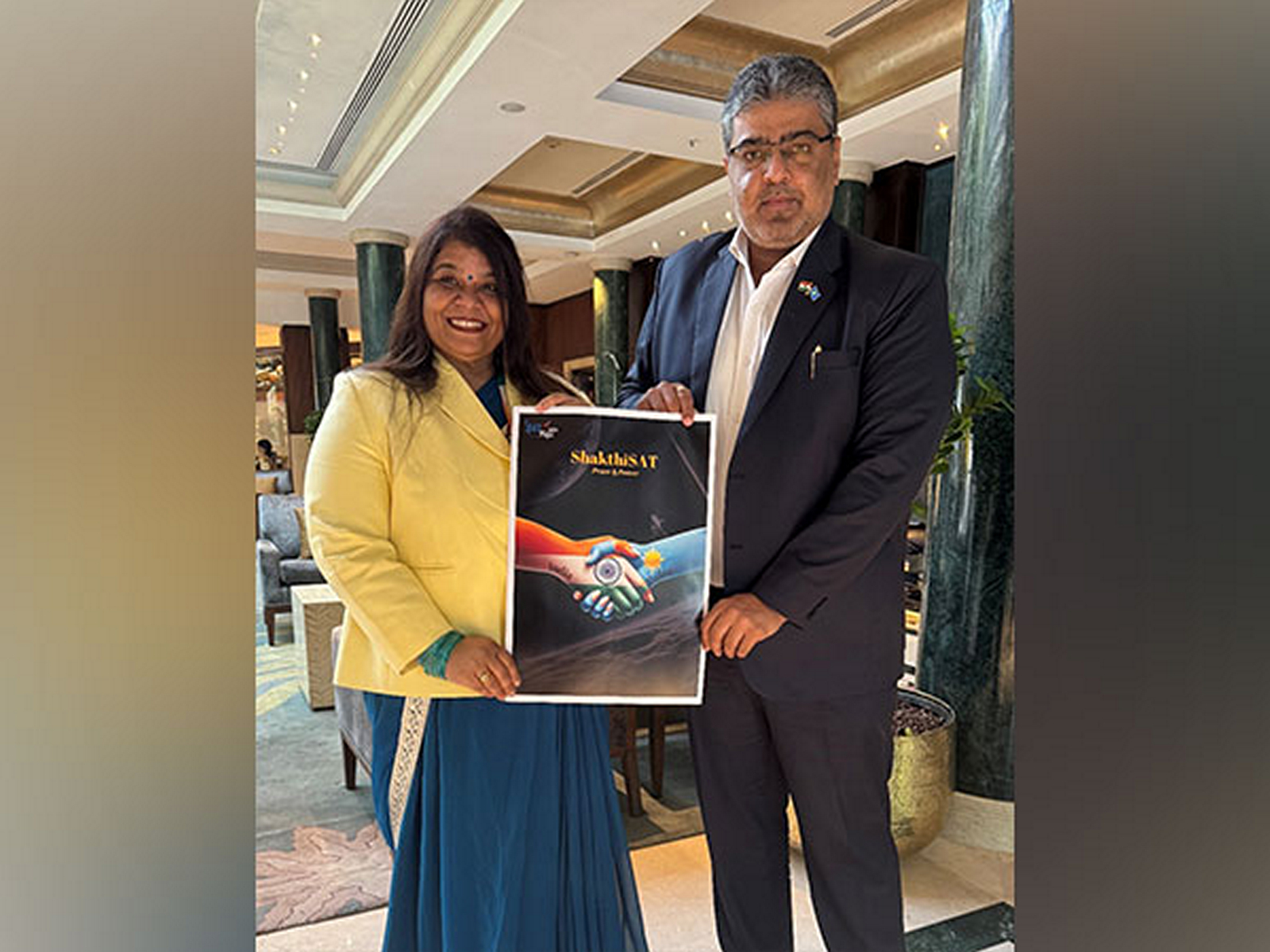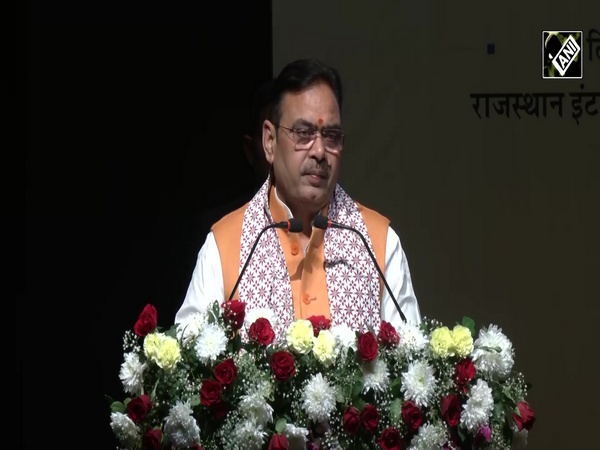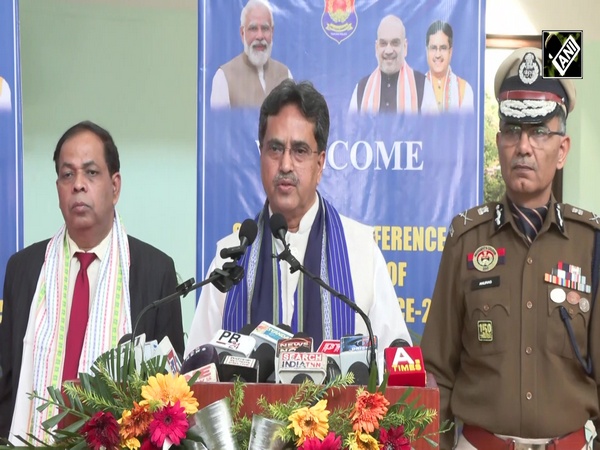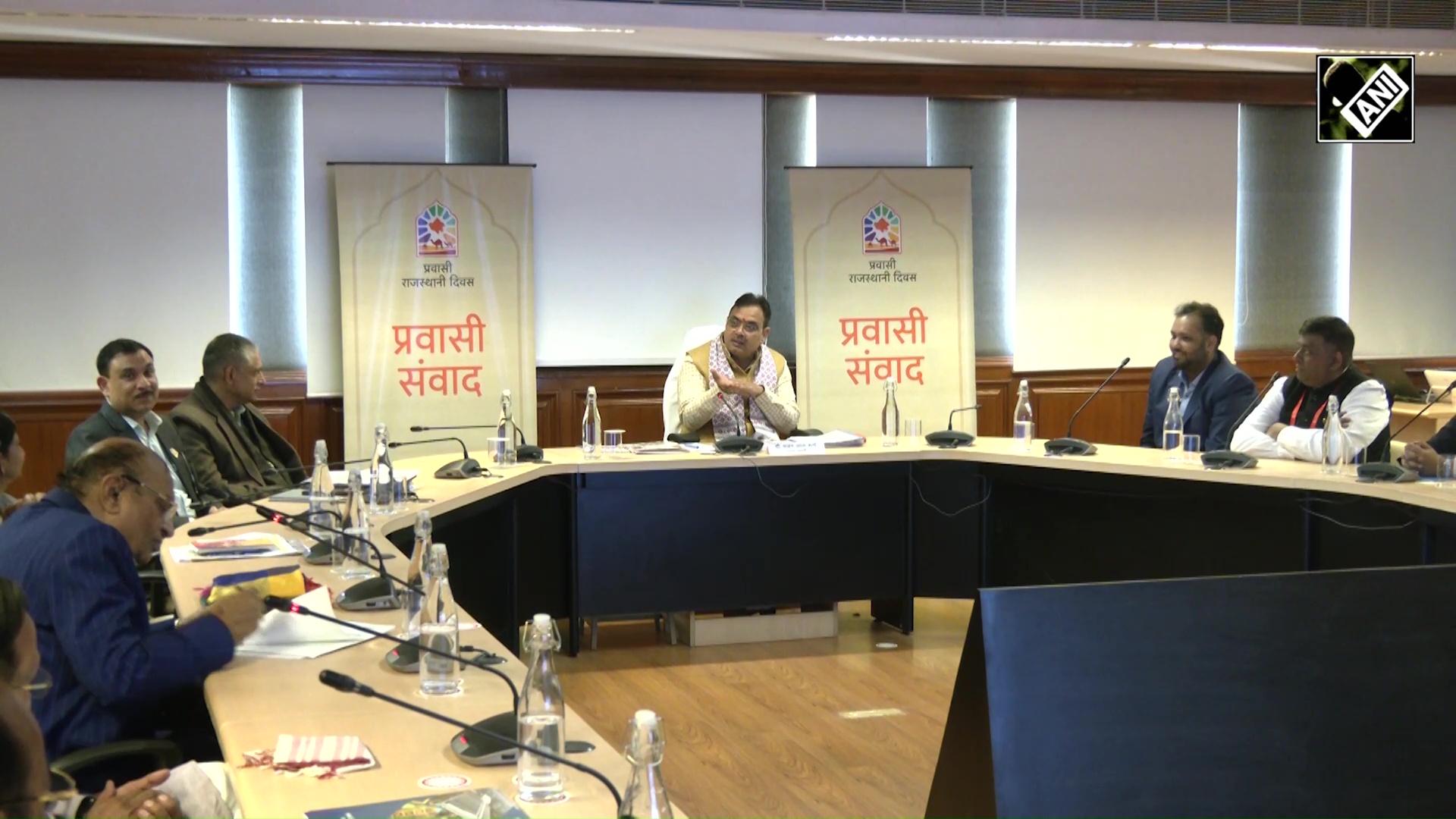"Scientists working to make most out of NISAR data": NASA official Laurie Leshin
Nov 14, 2023

Bengaluru (Karnataka) [India], November 14 : Scientists from both space agencies ISRO and NASA are working closely on the NASA-ISRO Synthetic Aperture Radar (NISAR) mission to help make sure that they make the most out of the data that will be coming down from the spacecraft, said Laurie Leshin, Director, Jet Propulsion Laboratory (JPL), National Aeronautics and Space Administration (NASA).
Set to launch in early 2024, NISAR - short for NASA-ISRO Synthetic Aperture Radar - is being jointly developed by NASA and the Indian Space Research Organisation, or ISRO, to track the movements of Earth's land and ice surfaces in extremely fine detail.
"We are so excited to be working between NASA and ISRO on NISAR, which is a radar machine to looks at the surface of the earth and how it is changing. In India, they are interested in understanding how the mangrove environment at the coasts is changing. We will understand how ice sheets are changing and how earthquakes and volcanoes are happening all over the world...There are many different aspects to understand our earth better," Leshin told ANI in Bengaluru.
"It has been so exciting to have our colleagues from JPL (Jet Propulsion Laboratory) here in Bengaluru, working shoulder-to-shoulder with their colleagues at ISRO. Incredible collaboration, great teamwork and learning from each other. The team is working very well together and the mission is almost 50:50 between ISRO and NASA," she further said.
As NISAR monitors nearly every part of our planet at least once every 12 days, the satellite will also help scientists understand, among other observables, the dynamics of forests, wetlands, and agricultural lands.
Further, NASA's Leshin said in future they are ready to work on all kinds of things, beyond earth sciences.
"We look forward to working together on all kinds of things, perhaps future missions to the Moon and Mars," Leshin noted.
NISAR is an equal collaboration between NASA and ISRO and marks the first time the two agencies have cooperated on hardware development for an Earth-observing mission.
Jet Propulsion Laboratory, which is managed for NASA by Caltech in Pasadena, leads the US component of the project and is providing the mission's L-band SAR. NASA is also providing the radar reflector antenna, the deployable boom, a high-rate communication subsystem for science data, GPS receivers, a solid-state recorder, and a payload data subsystem. 
U R Rao Satellite Centre (URSC) in Bengaluru, which is leading the ISRO component of the mission, is providing the spacecraft bus, the S-band SAR electronics, the launch vehicle, and associated launch services and satellite mission operations.
About the size of an SUV and partially wrapped in gold-coloured thermal blanketing, the satellite's cylindrical radar instrument payload contains two radar systems.
















